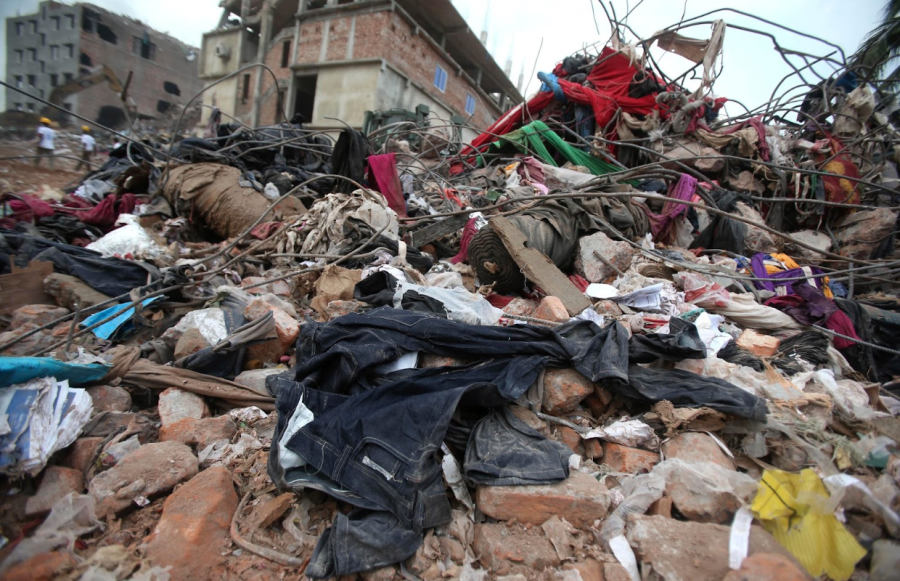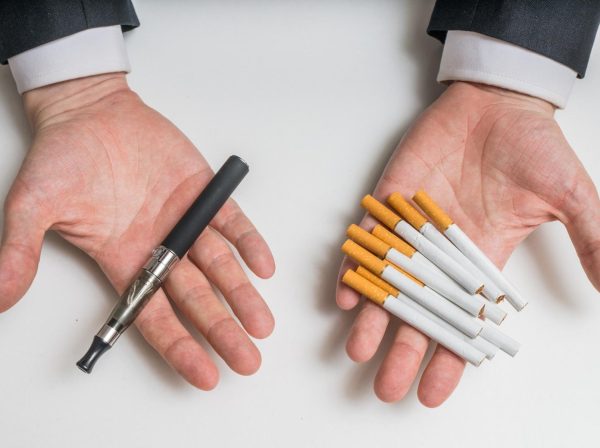The Negatives of Fast Fashion
For the past few years there has been a positive discussion about sustainable clothes. The process of making clothes is awful for the environment. Clothing production requires a considerable amount of energy and resources, such as toxic fabric dyes and other harmful chemicals that contaminate fresh water. So, many people have been looking into more sustainable brands as an alternative. While there are several sustainable fashion brands, their prices are significantly more expensive than the average retailer and it’s unreasonable to expect most people to afford it. Shopping at secondhand or thrift shops is also more sustainable. While this is definitely a more affordable option, thrifting is very time consuming which also makes it inaccessible for most people. Because of these obstacles, many people end up buying fast fashion clothing.
Fast fashion is a newer process that ruins the planet and exploits workers. It is a business model of mass producing clothes to make them cheaper and releasing new collections more frequently. Because of this trend, cycles change more often. Since there are more clothes available for cheaper prices, it incentivizes consumers to participate in overconsumption, meaning they buy more clothes than necessary. Trends no longer last a few years and instead go away after a few weeks. This is known as a microtrend, which are often popularized on social media. A new item or style will be popularized and turned into a must-have, so everyone flocks to fast fashion brands, such as: Zara, H&M, and Forever 21, to buy cheap remakes of the latest trend. A prime example of this was the sweater vest trend back in 2020 that was very popular on Tik Tok. People were convinced this was a new timeless trend, but months later everyone stopped wearing them as it once again became irrelevant. Since the trends change so quickly, people throw their clothes away more often and then buy the new trendy clothes. This cycle continues over and over again creating a lot of waste and ruining the environment. According to an article written by Business Insider: “Fashion production makes up 10 percent of humanity’s carbon emissions’.” This waste dries up or pollutes rivers and streams and releases dangerous chemicals into the atmosphere.
Additionally, the main reason that these fast fashion companies can get their prices so low is through the exploitation of their workers. These companies moved their factories to countries where the labor is cheaper and there are fewer regulations, such as India, Bangladesh and Sri lanka. The garment workers work in dangerous conditions and are paid very low wages. They work long hours where they are forced to breathe in synthetic chemicals and harmful fibers that are used to produce the clothing, which can lead to long term illness, such as lung disease or cancer.
All around, fast fashion is awful. However, it is not going away any time soon. The main issue is that fast fashion is by far the most accessible clothing option for most people. This fact raises the question: what can the average person do to limit the effects of these companies? The answer is to start buying clothes less often. If someone can afford a more expensive sustainable brand then that’s a great option, however, if fast fashion is the only thing you can reasonably afford, then try to buy less clothes. The goal of these fast fashion companies is to encourage their customers to buy a lot of clothes all the time by making cheaper low quality clothes that can be thrown away quicker. It can be difficult not to give in to overconsumption by buying a new wardrobe every few months to keep up with new trends. According to the UN Environment Programme, the average consumer buys 60 percent more pieces of clothing than 15 years ago and each item is only kept for half as long. The problem is that shopping has turned into a hobby instead of a chore. In the past, people used to go shopping a few times a year and buy clothes for each season. However, shopping is now seen as a social event causing people to do it more frequently and therefore buy more clothes.
It is important to remember the repercussions of buying fast fashion clothing and to ask yourself whether this purchase is justifiable or not.




















Bo Feder • Feb 20, 2024 at 11:27 am
this was very helpful.
I am writing an 8 page essay for school on Fast Fashion and I found many helpful information in this article.
i would HIGHLY RECCOMEND